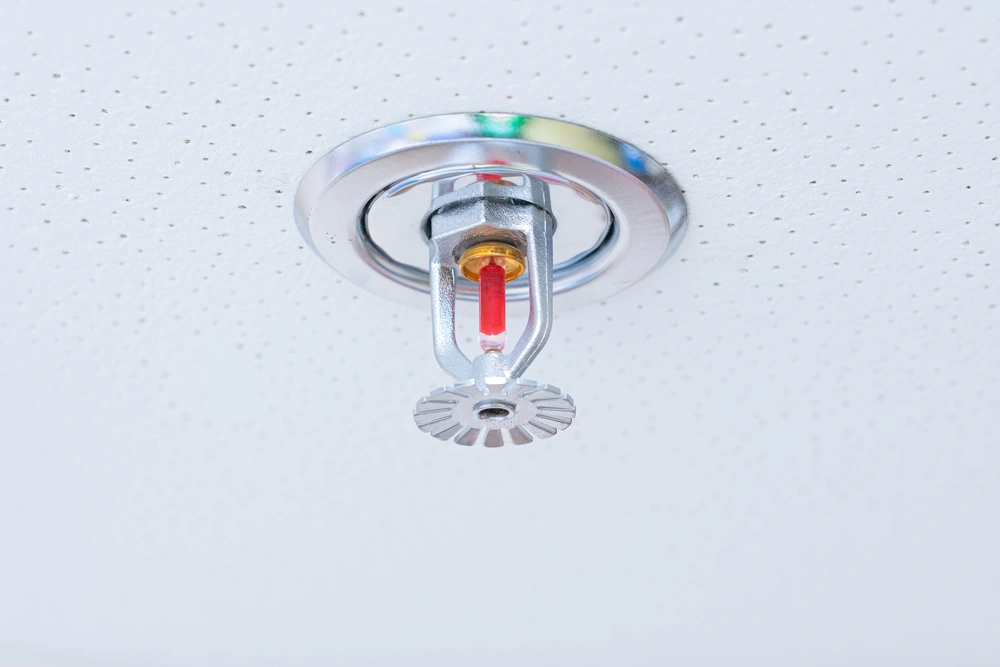Fire Sprinkler System

Fire Sprinkler
Stay cool and comfortable all summer long with our efficient air cooler, designed for optimal airflow and energy savings.
Fire Sprinkler System
A fire sprinkler system is an integral part of modern fire safety measures, designed to detect and suppress fires automatically. These systems are widely used in residential, commercial, and industrial settings to protect lives and property. It consists of a network of pipes, connected to a reliable water supply, that delivers water to specially designed sprinkler heads. When a fire occurs, the heat activates the sprinkler heads, releasing water to extinguish or control the flames.
Key Components of a Fire Sprinkler System
- Sprinkler Heads: The most visible part of the system, these are designed to release water when they reach a specific temperature. Each head activates individually based on the heat from a fire.
- Piping: A network of pipes that transports water from the supply source to the sprinkler heads. This includes main pipes and branch lines.
- Control Valves: These valves control the flow of water within the system. They can be manually or automatically operated and are crucial for system maintenance and emergencies.
- Water Supply: This can be a municipal water source, a dedicated tank, or a pump system. The water supply must be sufficient to meet the demands of the sprinkler system.
- Alarm System: Integrated alarms can alert occupants and emergency services when the sprinkler system is activated.
- Flow Switches: These devices detect the flow of water in the system, triggering alarms and notifications when water is released.
Importance of Fire Sprinkler Systems
- Life Safety:Fire sprinklers are proven to save lives by quickly suppressing fires, allowing occupants to escape safely.
- Property Protection:By controlling fires early, sprinkler systems minimize damage to buildings and contents, leading to lower repair costs.
- Reduced Insurance Premiums:Many insurance companies offer discounts for properties equipped with fire sprinkler systems due to the reduced risk of severe fire damage.
- Lower Emergency Response Costs:Quick suppression of fires can lead to less extensive firefighting efforts and lower overall response costs.

Fire Sprinkler
Stay cool and comfortable all summer long with our efficient air cooler, designed for optimal airflow and energy savings.

Fire Sprinkler
Stay cool and comfortable all summer long with our efficient air cooler, designed for optimal airflow and energy savings.
Maintenance and Inspection
Regular maintenance and inspection are essential to ensure fire sprinkler systems function effectively. Key practices include:
- Annual Inspections:Professional inspections should be conducted at least once a year to check for leaks, corrosion, and proper water flow.
- Testing of Alarm Systems:Ensuring that alarms and notifications function correctly during a fire event.
- Sprinkler Head Maintenance:Regular checks to ensure heads are free from obstructions and are operating properly.
- System Flow Testing:Testing the flow and pressure to ensure adequate water supply during an emergency.
A fire sprinkler system is an indispensable part of fire safety strategy, providing automatic protection and significantly enhancing safety in various environments.
Choosing the Right Fire Sprinkler System
The appropriate type of Fire Sprinkler System depends on the specific hazards present in your home, office, or workplace. For example, if you frequently cook with oils, a Class K extinguisher is essential. Consult with a fire safety expert to determine the best options for your needs.